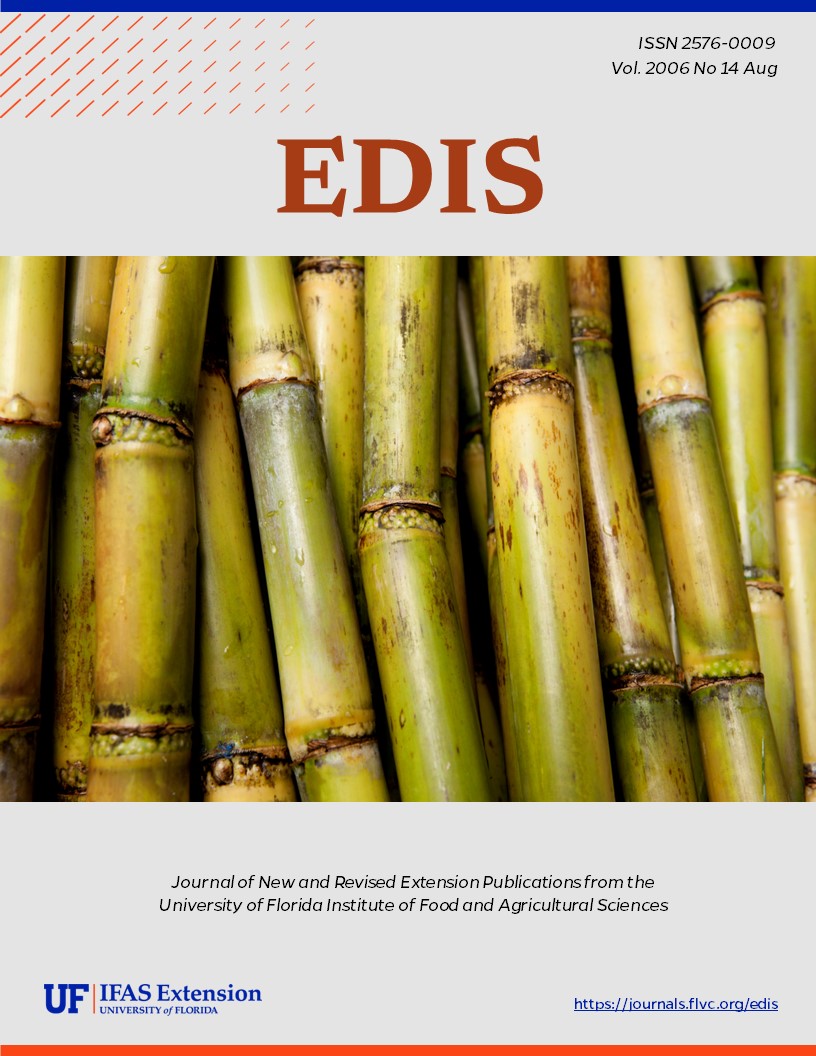Resumen
This document outlines the importance of forest inventory for resource management, detailing its benefits for timber valuation, wildlife habitat assessment, and recreational planning. It explains the steps involved in conducting an inventory, including mapping, sampling, and data analysis. The article emphasizes the need for professional assistance in complex inventories and provides guidance on selecting consultants. It also highlights the significance of background information, such as property maps and soil types, for effective forest management. The document concludes with recommendations for storing inventory data and ensuring its long-term usefulness. First published January 2002.
Citas
Duryea, M., W. Hubbard, D. McGrath, and C. Marcus (ed). 1992. Florida's Forest Stewardship Program. Cir. 1020. Gainesville: University of Florida Institute of Food and Agricultural Sciences.
Fazio, James R. 1987. The Woodland Steward. Moscow, ID: The Woodland Press.
Goff, Gary R. et al. 1994. Timber Management for Small Woodlands. Inf. Bull. 147IB180 rev. N.Y.S. Coll. of Agr. and Life Sci., Cornell Univ., Ithaca. 57pp.
North Carolina Cooperative Extension Service.1995. Before You Sell Your Timber. Woodland Owner Notes No. 19. N.C. Coop. Ext. Serv. Raleigh. 7pp.
Vardaman, James M. 1989. How to Make Money Growing Trees. John Wiley and Sons, Inc., New York. 296pp.
Wenger, K.F., ed. 1984. Forestry Handbook, Second Edition. John Wiley and Sons, Inc., New York. 1335pp.

Esta obra está bajo una licencia internacional Creative Commons Atribución-NoComercial-SinDerivadas 4.0.
Derechos de autor 2006 UF/IFAS

